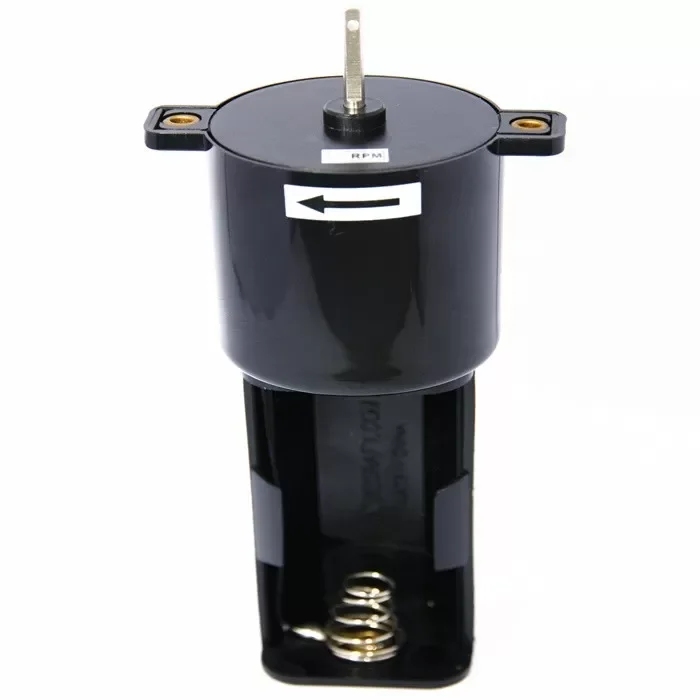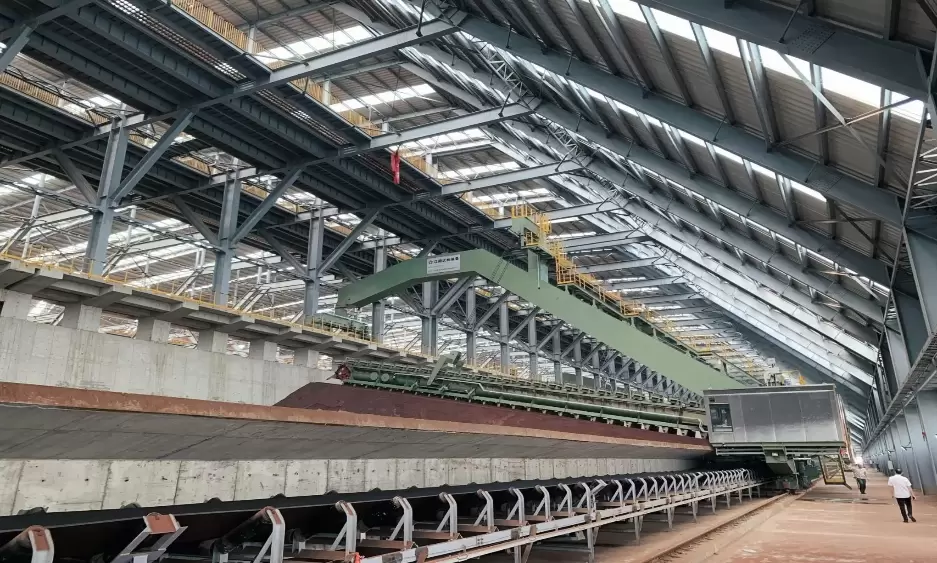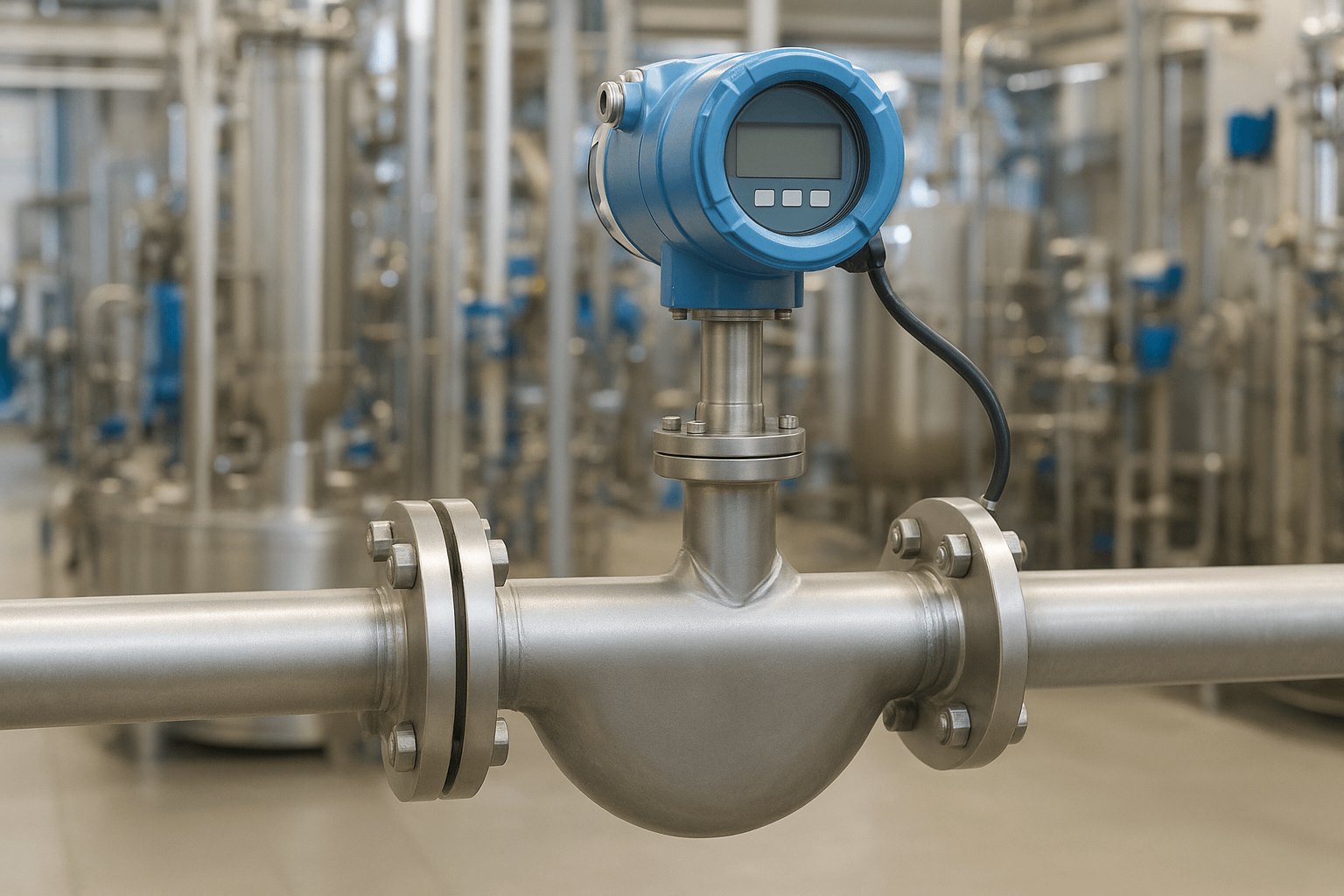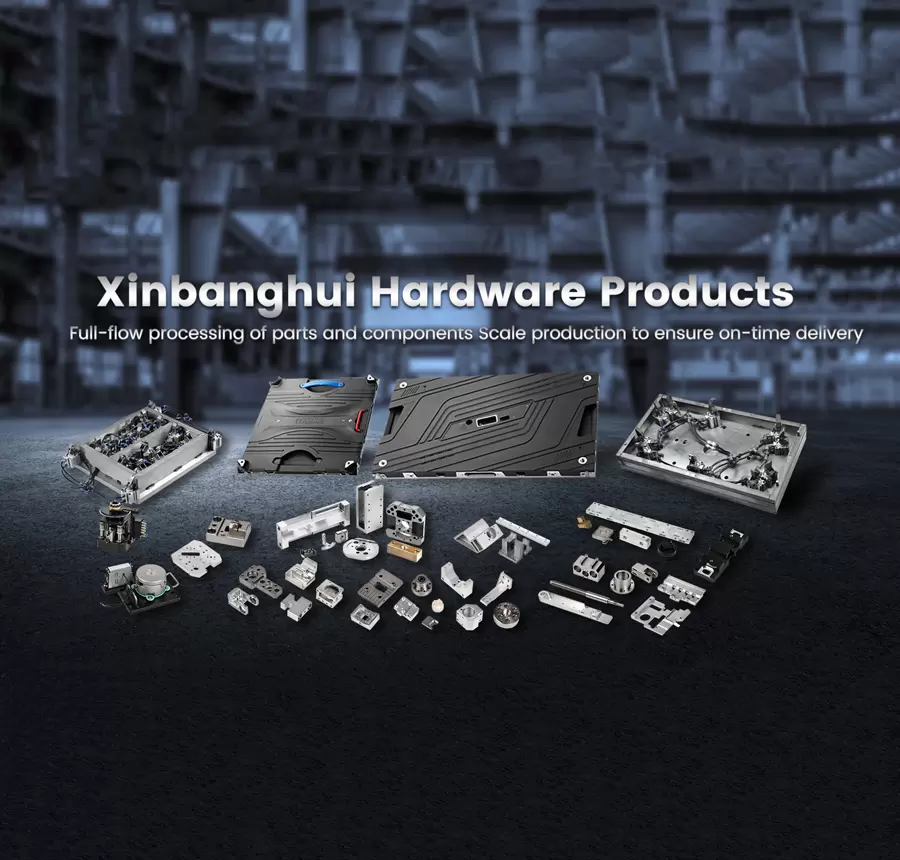Key Factors to Consider When Designing a Customized Motor

When it comes to industrial applications, the importance of customized motors cannot be overstated. These motors are tailored to meet specific operational requirements, enhancing efficiency and performance in various machinery. At Hanke, we have been at the forefront of motor manufacturing since 1949, providing a wide range of motors including permanent magnet stepper motors, DC brushed and brushless motors, and more. In this blog, we will explore the key factors to consider when designing a customized motor, ensuring that it meets your unique needs.

1. Application Requirements
The first step in designing a customized motor is understanding the specific application it will serve. Different applications require different motor characteristics:
- Torque Requirements: Determine the amount of torque needed for your application. For instance, a DC geared motor might be required for applications needing higher torque at lower speeds.
- Speed Specifications: Identify the required RPM (revolutions per minute). Hanke offers DC motors designed for speeds ranging from 2 RPM to 3600 RPM.
- Load Conditions: Understand the load conditions under which the motor will operate, including whether it will face continuous or intermittent loads.
2. Motor Type Selection
Choosing the right type of motor is crucial for achieving optimal performance:
- DC Motors: Ideal for applications requiring variable speed and torque control.
- Stepper Motors: Suitable for precise positioning applications, such as CNC machines.
- Brushless Motors: Offer higher efficiency and longer life due to reduced friction and wear.
At Hanke, we provide a variety of motor types tailored to specific needs.
3. Power Supply and Voltage Ratings
Understanding the power supply available for your application is essential:
- Voltage Requirements: Specify whether you need a motor that operates on AC or DC voltage. Hanke’s motors can be designed for various voltage ratings ranging from 1.5V to 240V.
- Current Ratings: Ensure that the motor's current rating aligns with your power supply capabilities to avoid overheating or damage.
4. Environmental Conditions
The operating environment can significantly impact motor performance:
- Temperature Range: Consider the ambient temperature where the motor will operate. Hanke’s motors are designed to withstand various temperatures, ensuring reliability in diverse conditions.
- Humidity and Dust Levels: If the motor will be used in humid or dusty environments, consider options such as waterproofing or dust resistance features.
5. Size and Form Factor
The physical dimensions of the motor can affect installation and performance:
- Space Constraints: Measure the available space for installation and select a motor size that fits without compromising performance.
- Mounting Options: Consider how the motor will be mounted—whether it requires specific mounting brackets or configurations.
6. Customization Features
Customization options can enhance the functionality of your motor:
- Gear Ratios: If using a geared motor, specify gear ratios that meet your torque and speed requirements. Hanke offers gear ratios ranging from 1:3 to 1:500.
- Output Orientation: Determine if you need a specific output orientation (e.g., horizontal or vertical) based on your application setup.
7. Noise Levels
For many applications, especially in residential or office settings, noise levels are a critical factor:
- Acoustic Noise Control: Specify noise level requirements during operation. Hanke’s motors are designed with features that minimize noise, ensuring quieter operation.
8. Efficiency and Performance Metrics
Efficiency is key to reducing operational costs:
- Energy Efficiency Ratings: Choose motors with high efficiency ratings to lower energy consumption.
- Performance Characteristics: Look for motors that offer better speed versus torque characteristics to meet dynamic operational needs.
9. Regulatory Compliance
Ensure that your customized motor complies with relevant industry standards:
- Certifications: Verify that the motor meets necessary certifications such as CE or RoHS, which indicate compliance with safety and environmental regulations.
10. Cost Considerations
Budget constraints are often a key factor in design decisions:
- Cost vs. Performance Trade-offs: While it’s important to stay within budget, consider how investing in higher-quality components can lead to better long-term performance and reliability.
- OEM Support: Hanke offers OEM services that allow you to customize motors while keeping costs manageable.
Conclusion
Designing a customized motor involves careful consideration of various factors including application requirements, environmental conditions, size constraints, and regulatory compliance. At Hanke, we specialize in creating tailored solutions that meet specific operational needs while ensuring high efficiency and reliability.
By taking these factors into account during the design process, you can develop a customized motor that not only performs optimally but also enhances the overall functionality of your machinery. If you're looking for expert guidance or need assistance with custom motor solutions, don’t hesitate to reach out to us at Hanke—we’re here to help you every step of the way!
www.hankeoem.com
Han Ke Wu Jiao Mechanical & Electrical Co.




